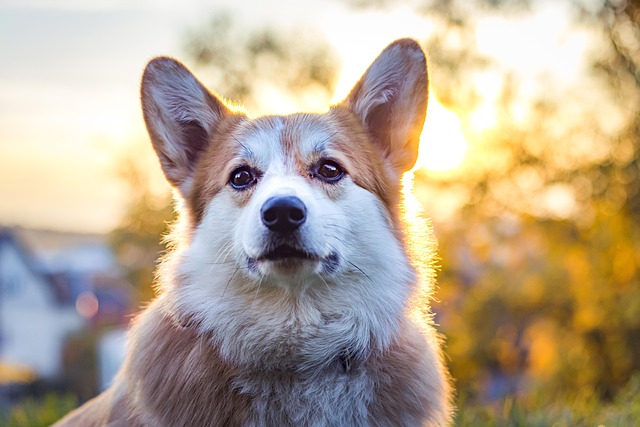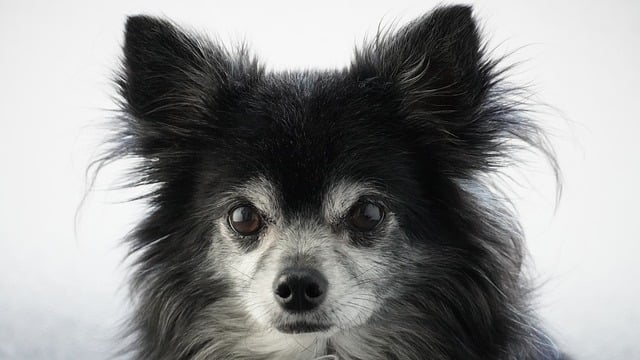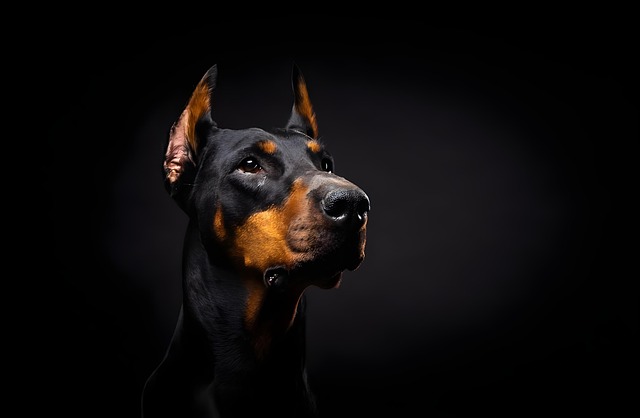
Can you train anxiety out of a dog
Picture coming home to find your usually sweet Lab, Buddy, trembling in the corner after a thunderstorm, having chewed through the door frame.
You might have heard the saying, "You can't teach an old dog new tricks," but that’s far from the truth. While older dogs may not learn as quickly as puppies, they can still pick up new behaviors—it just requires patience, understanding, and the right approach. The key is recognizing how aging affects their cognitive and physical abilities. Senior dogs often experience slower reflexes, reduced hearing or vision, and even canine cognitive dysfunction (similar to dementia in humans). This means training sessions should be shorter, gentler, and more rewarding to keep them engaged without frustration.
Forget harsh corrections or repetitive drills—older dogs respond best to gentle training techniques that prioritize their comfort. Positive reinforcement, like treats and praise, works wonders because it builds confidence rather than stress. If your dog struggles with arthritis or joint pain, avoid commands that require jumping or sudden movements. Instead, focus on simple, low-impact exercises like "sit," "stay," or "touch" (where they nudge your hand). Breaking tasks into smaller steps helps, too. If "lie down" is challenging, reward partial progress, like a slight bend in the legs, before expecting a full down position.
Consistency is crucial when training older dogs at home. Stick to short 5-10 minute sessions, ideally at the same time each day, to create a predictable routine. Use high-value rewards—think diced chicken or cheese—to motivate them, especially if their sense of smell is fading. If your dog seems confused, revisit earlier successes instead of pushing forward. For example, if they forget a command they once knew, go back to basics and reward generously for small wins. This reinforces their memory without overwhelming them.
Training isn’t just about obedience—it’s a way to strengthen your bond with your aging companion. Older dogs thrive on reassurance and connection, so incorporate plenty of affection into sessions. Gentle massage or quiet praise between exercises can ease anxiety. Pay attention to their body language; if they seem tired or disinterested, end the session on a positive note. Over time, this builds trust and makes learning enjoyable for them, even if progress is slow.
Common challenges like hearing loss or stubbornness require creative solutions. For deaf dogs, switch to hand signals or vibrations (like tapping the floor) to get their attention. If your dog seems "stubborn," rule out pain or confusion first—they might not understand what you’re asking. Research shows that mental stimulation can slow cognitive decline, so puzzle toys or scent games can complement training. Above all, celebrate every small victory. Teaching an old dog new tricks isn’t about perfection; it’s about keeping their mind active and your connection strong.

Picture coming home to find your usually sweet Lab, Buddy, trembling in the corner after a thunderstorm, having chewed through the door frame.

There’s nothing quite like watching your dog sprint across the yard, scoop up a toy, and bound back to you. Teaching the fetch-and-return trick isn’t just fun—it builds trust, provides exercise, and satisfies your dog’s natural instincts.

Seeing your dog limp or hesitate on walks breaks your heart, especially when they used to leap with joy. Arthritis might seem like the end of an active life, but it doesn’t have to mean goodbye to agility entirely.

Teaching your dog to pick up toys is not just a party trick—it’s a practical skill that keeps your home tidy and strengthens your bond. Dogs thrive on mental stimulation, and this task offers both challenge and reward for your furry friend.

What is behavioral training for dogs? At its core, it’s the art of guiding your four-legged friend to understand acceptable actions within your household and community.

When your Labradoodle digs up your prized petunias or your Beagle turns your new sneakers into chew toys, frustration can quickly set in. But before reaching for punishment, understanding the root causes of canine misbehavior is key.